When Anastasia Patterson stands before a group of female anglers, she delivers a straightforward message: This sport welcomes everyone.
As the national ambassador for BassmastHer—B.A.S.S.’ effort to inspire and uplift female anglers —the South Carolina native and lifetime angler encourages participants of all ages and experience levels to engage, learn, and develop their skills. Practice makes perfect and this collaborative conduit presents an inviting array of opportunities.
Interesting parallel to one of Patterson’s favorite southern bass fishing habitats: cypress trees.
“There is no shortage of techniques for fishing cypress trees,” she said. “Honestly, if you have a couple techniques you’re really confident in, big things can happen.
“A lot of times, my dad (Wendell Brunson Patterson) and I will be doing two different techniques and one will end up getting more bites. I think it helps if you’re adaptive to that change and know when it’s time to broaden your horizons.”
Further metaphoric to the BassmastHer program. Hang on, there’s more.
WHY THEY’RE GOOD
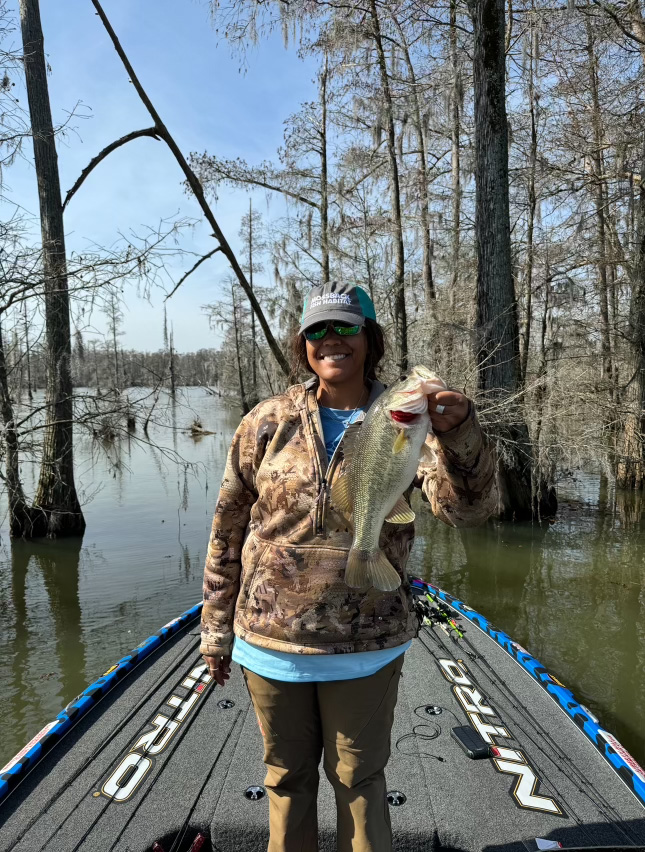
Quick habitat nugget: Contrasting the typically smaller terrestrial cypress tree species, the aquatic bald cypress (Taxodium distichum) creates fantastic angling opportunities throughout the southeastern U.S. Slow growers, these deciduous conifers earn their common name by dropping their needle like leaves each fall.
Patterson often shares the water with Santee-Cooper guide and Bassmaster Opens pro Kyle Austin. On his home waters, or anywhere the bald cypress grow, the shade, protection and feeding opportunities predictably attract predators.
Knees Please: Complementing the ample trunks and low hanging canopies, bald cypress typically present broad root systems with emergent pneumatophore called “knees,” which pull air from the surface when surrounded by anoxic (lacking oxygen) muck. On clean, sandy bottom cypress knees are unnecessary, so the root system remains submerged.
Cypress knees are particularly important during the spring, as this hard cover offers efficient spawning habitat for bass that won’t drop their eggs on soft bottom. After the bass spawn, bluegill and redear sunfish (“shellcracker”) conduct their reproductive rituals around the tree, so the ample food and thickening canopies boast nearly year-round appeal.
“When you have cypress trees with knees, you often want to fish your baits farther out from the tree, because (the bass) might be out there around that cover,” Austin said. “On Santee, we have a mostly sandy bottom—except for The Swamp at the upper end of Lake Moultrie—so you can fish right up next to the tree.”
Knees or no knees, aquatic grasses and blown-in mussel shells enhance cypress habitat.
Close Contact: “A lot of the cypress trees in South Carolina have a hollow gap under them,” Austin said. “I learned that while duck hunting. You get bored while you’re (standing amid cypress trees) and you start sticking your foot around and you feel that gap.
“Sometimes fish will get up under that gap. If you’re looking at front facing sonar, you’ll skip a bait up there and it looks like the fish comes out of the tree. That’s why (on lakes without cypress knees), it’s super important to hit the tree with your bait and let it fall down close.”
Point Taken: Using Santee-Cooper as an example, Austin notes that water bodies lacking well-defined points often rely on cypress forest contours for fish and bait steering protrusions.
What to Throw: For stained water, Austin favors reaction baits like bladed jigs, swim jigs and spinnerbaits. With higher clarity, he knows a wacky-rigged stick worm’s hard to beat.
“The presentation it gives is unreal,” Austin said of the wacky rig’s undulating fall. “If there’s a lot of silt around the trees, a Texas rig falls into the soft bottom and disappears; whereas, a wacky rig falls slowly and the fish can see it.”
A DiSCERNING EYE
Often growing in vast acreage, cypress basins can easily overwhelm. Many are the variables, but Patterson suggests breaking down the massive habitat by noting the differences. Size, structure depth—there’s always a reason big fish favor certain trees.
She calls it “looking for the bully tree”—the one that a single big bass will claim for its own. Catch that one and another quality fish will reload the spot.
Noting that bass lack eyelids and sunglasses, Austin first looks the shadiest areas and then micro focuses on the actual shady sides of trees (varies throughout the day). Also, there’s always a deeper side—even a 6-inch difference is a big deal—so, rather than randomly fishing a spot for 30 minutes, he’ll give it 2 minutes of targeted presentations and move to the next.
Just like dock fishing, tree dimensions merit consideration; but “bigger-is-better” does not necessarily apply. Sometimes, they like a smaller tree. Sometimes, it’s a lone cypress, or a detached cluster.
Whatever the case, always invite the wallflowers to dance. (Wink)
PERSPECTIVE
No surprise, Patterson’s broad-ranging conversations with aspiring female anglers often include her cypress tree strategies. Like Austin, she’s learned this stuff by doing it and now she’s in a position to elevate others by sharing her insights.
Along the way, Patterson has found striking parallels between the questions and concerns that beginners express and the foundational truths instilled through her time on the water.
Knowledge First, Throttle Later: Eagerness fuels education, but slow and steady wins the race. That’s especially true on lakes with trees, stumps, and other motor-munchers; but the broader thought bespeaks the measured pacing inherent to learning new activities.
“I live on a lake with tons of underwater structure and I like to go fast and wide open, but there’s a lot of times when that’s not the best thing to do,” Patterson said. “There are times when I make mistakes with the boat, but it’s a really cool thing that we get to learn every day on the water.”
Put In the Time: While Patterson shares Austin’s wacky-rig appreciation, she’s also fond of jerkbaits, a Strike King Thunder Cricket (bladed jig) and big swimbaits. The latter has heightened her appreciation for accuracy, so Patterson’s quick to offer casting lessons whenever opportunities arise.
“There’s a lot of structure around cypress trees and big swimbaits are expensive,” she chuckled.
Starting Point: If everyone went directly from the launch ramp to the exact location of a 30-pound bag, tournaments would be short and boring. Destinations are nice, but growth happens during the journey.
“I’m not telling any woman who’s never driven a boat to enter a tournament as a boater,” Patterson said. “There are a lot of grass roots opportunities, so start by fishing as a non-boater in B.A.S.S. Nation events or in a local tournament.
“You don’t have to go all in right away. If I see one woman doing that, it encourages me that multiple women can do it.”
Foundational Fortitude: Even before the days of all-revealing forward facing sonar, Patterson invested time alongside her father learning the cypress tree structure. With or without those knees, she realized the part of the tree that attracts the fish is precisely what creates its stability.
Another striking parallel to Anastasia Patterson’s BassmastHER objective: “If you’re rooted in something good, it’s gonna grow into something successful.”



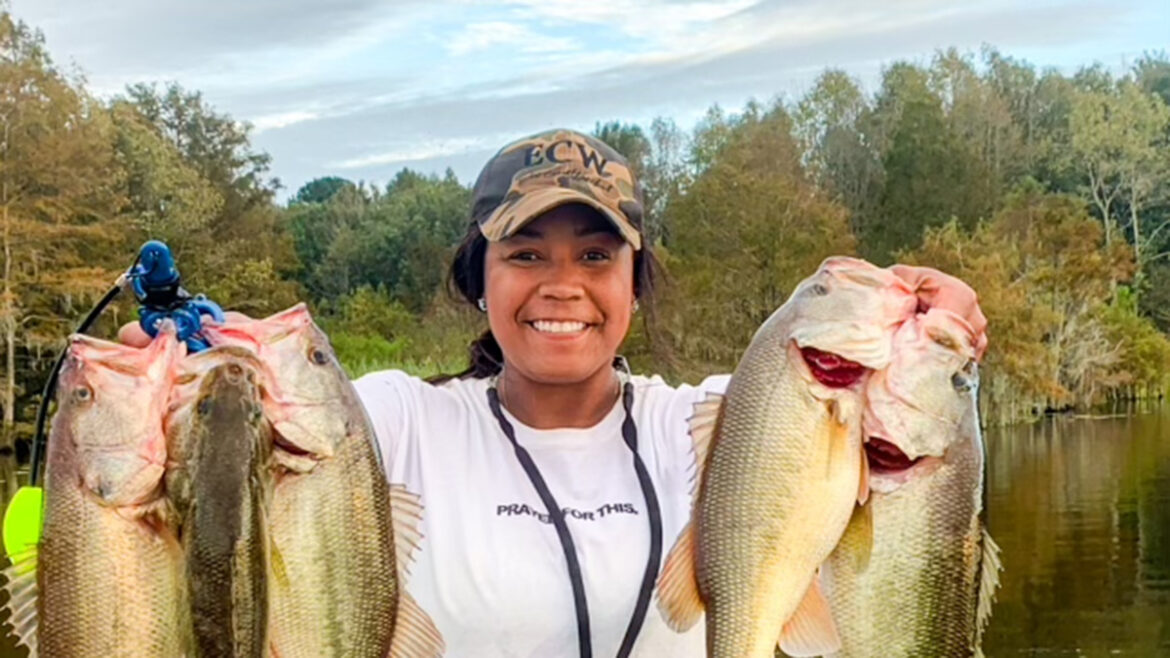
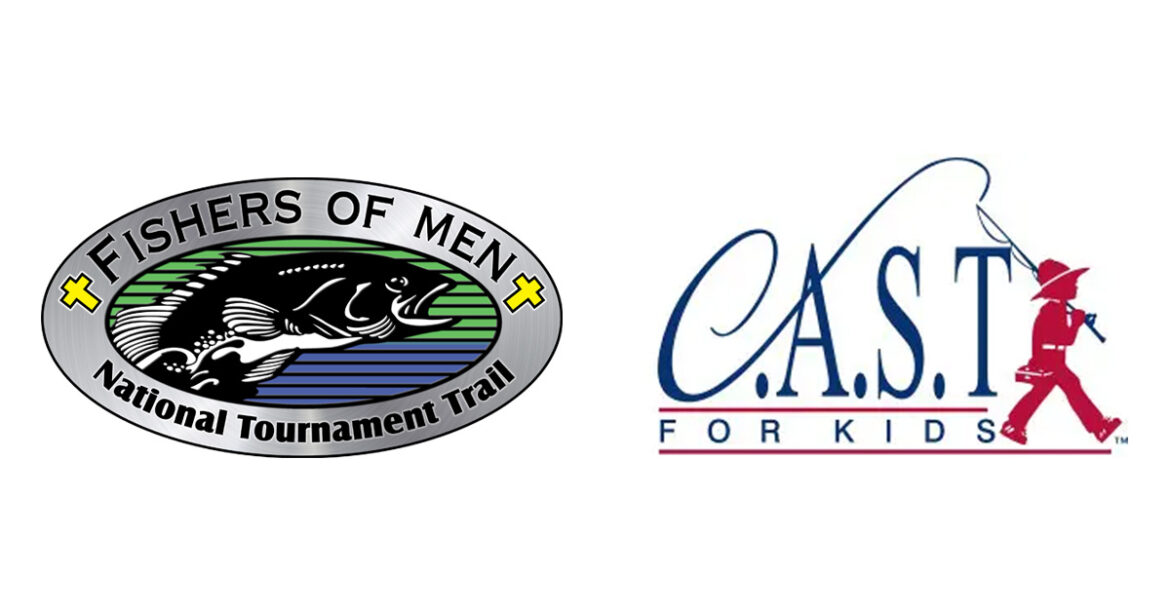
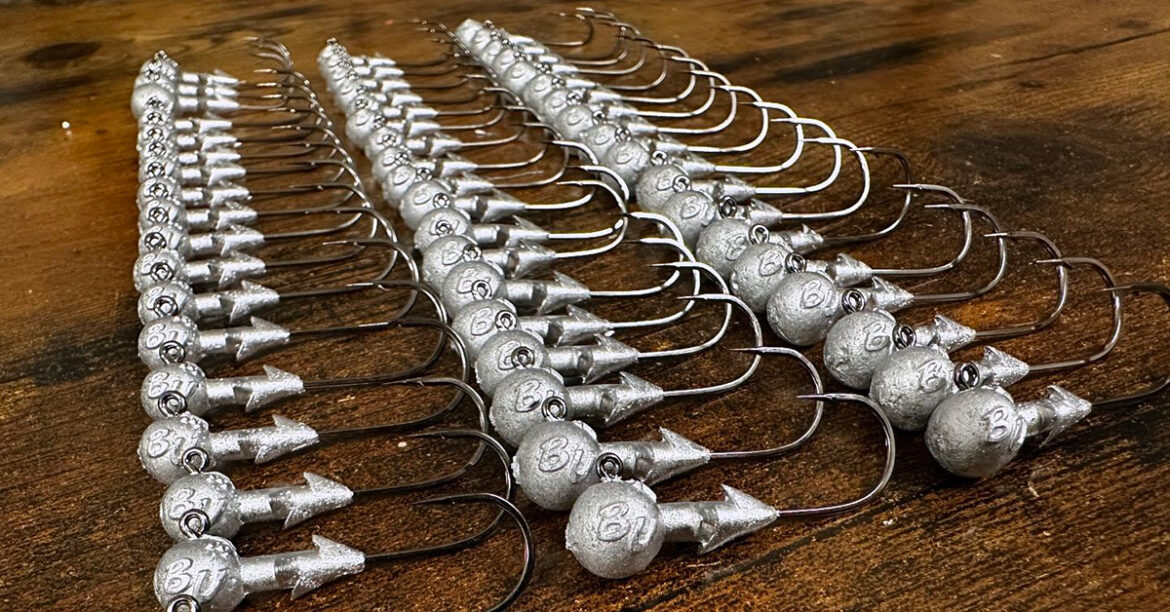
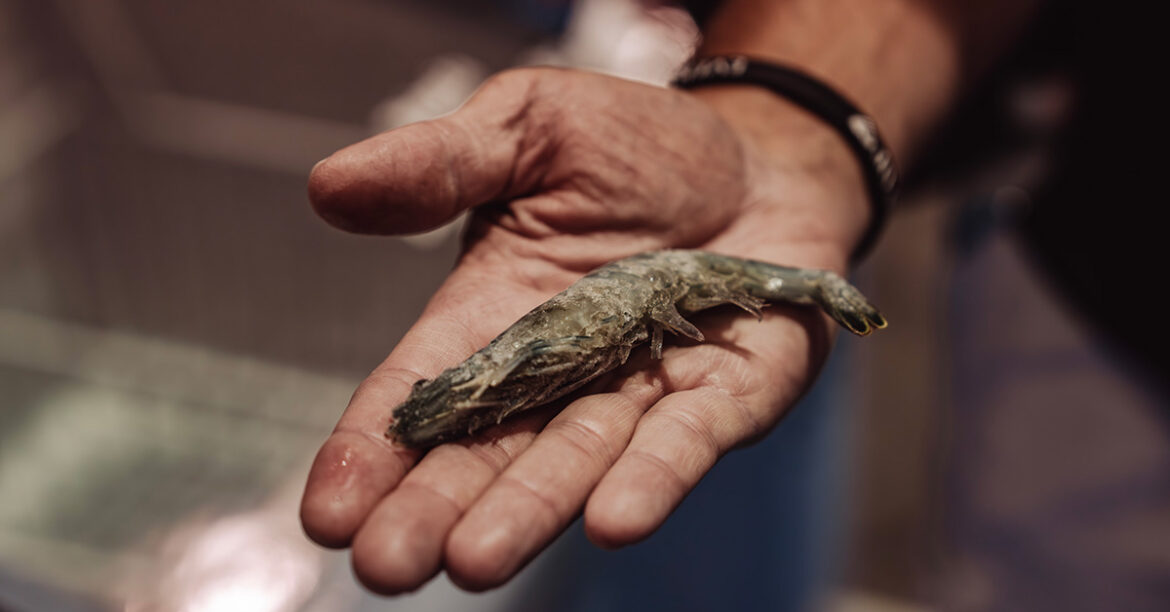
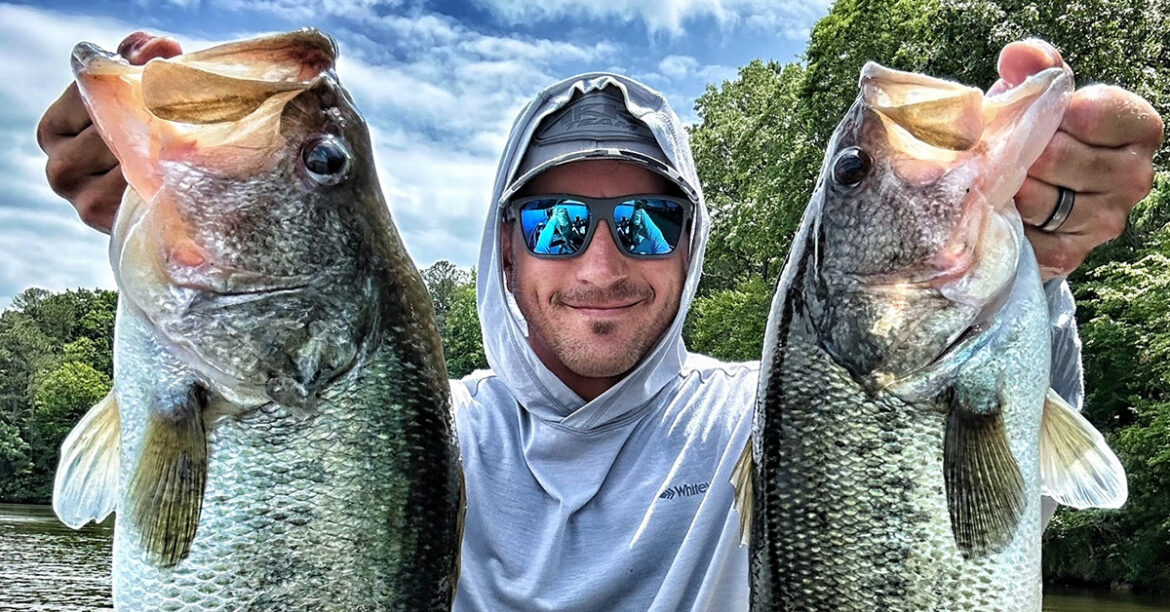
Leave a Reply